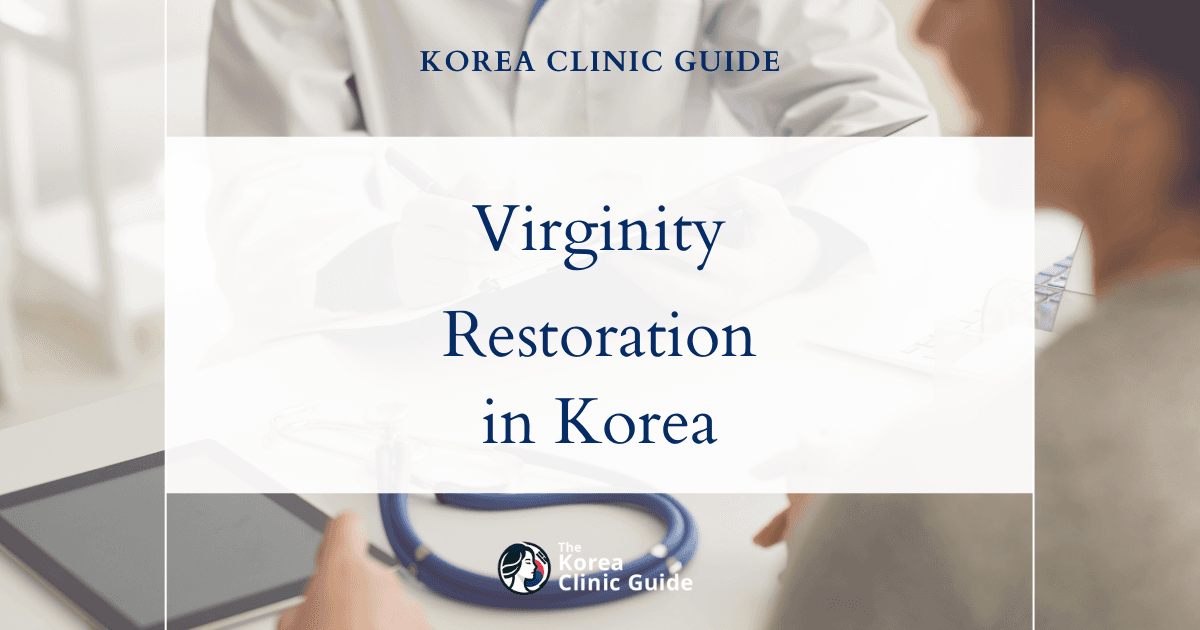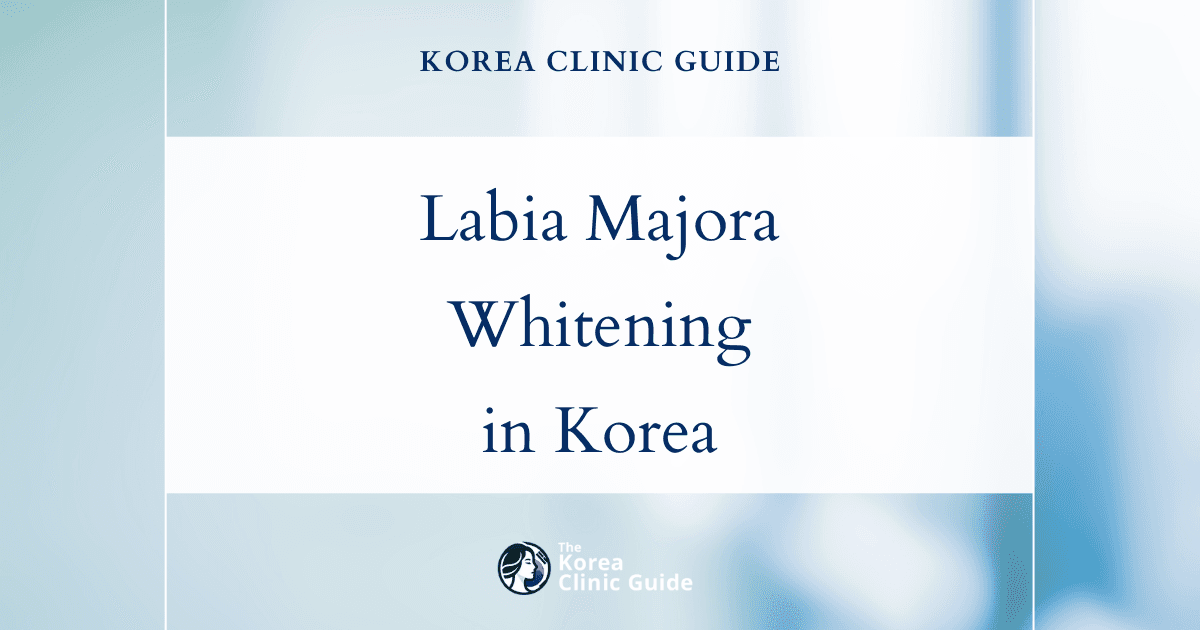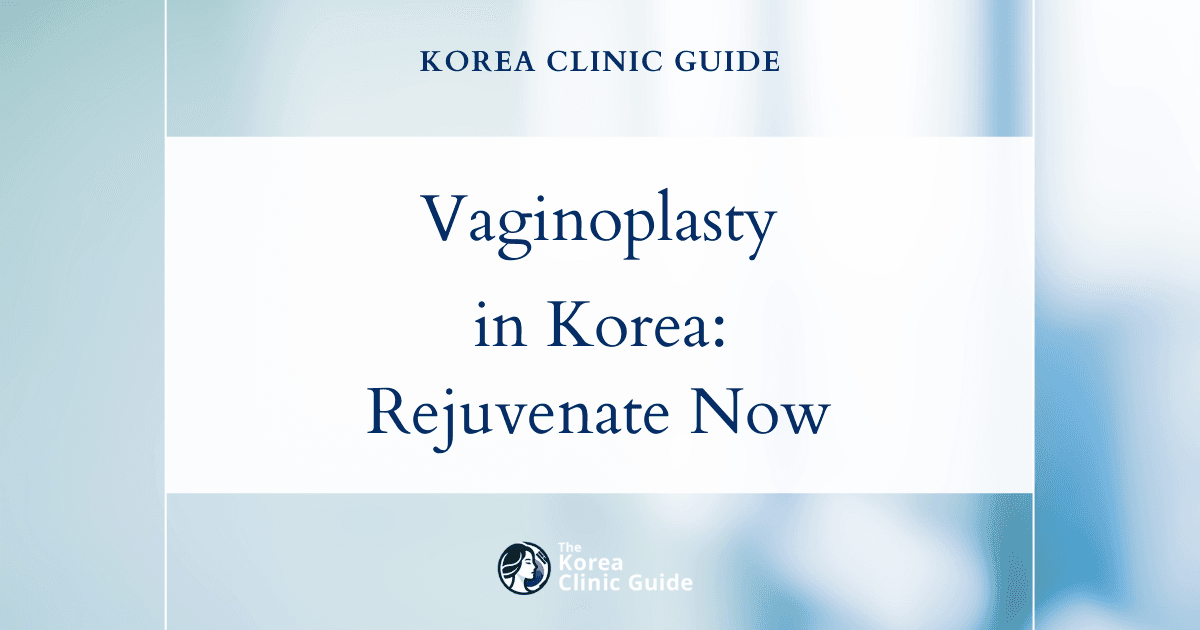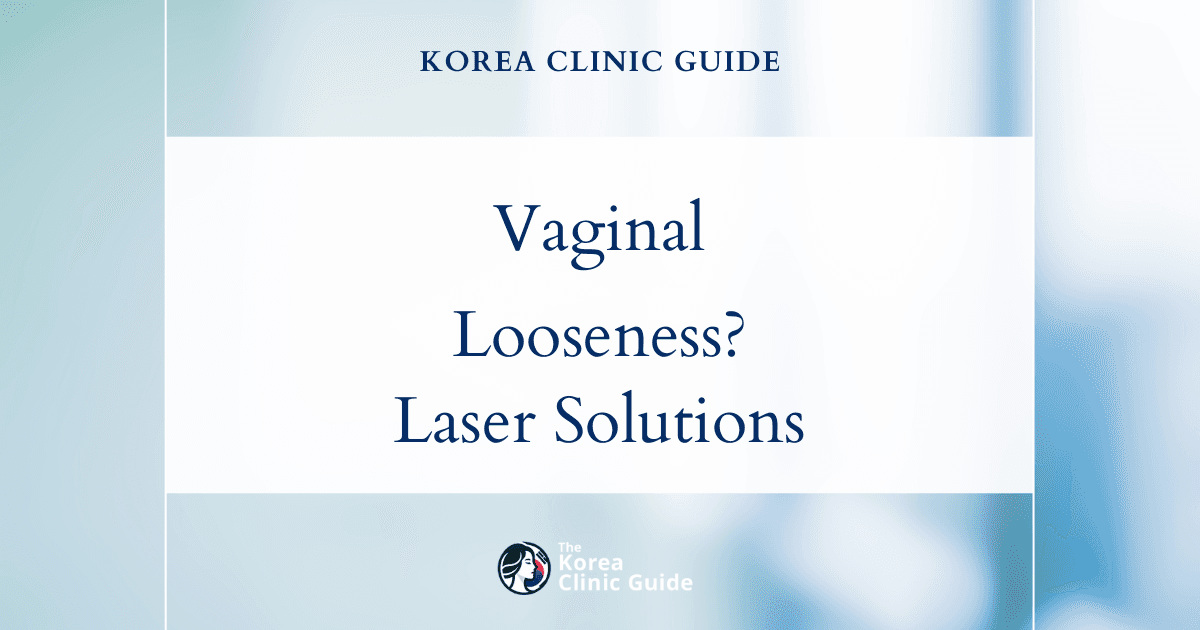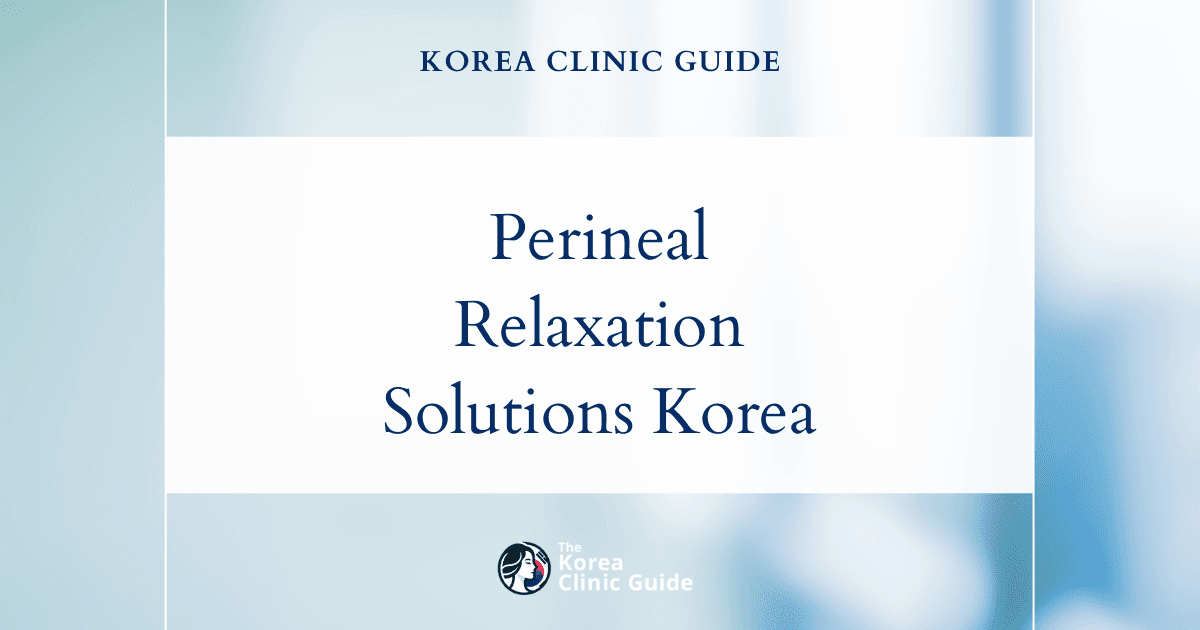Medical Tourism Blog
Abortion in Korea | Best Clinics, Costs, Procedure Types & More

Table of contents
- What Is Abortion?
- Best Clinics in Korea for Abortion
- Abortion in Korea
- Alternatives to Abortion
- Conclusion
Considering treatment in Korea? Everything you need to know e.g. — how to avoid scams, visas, interpreters, recovery tips — in our Medical Tourism Master Guide. Plan with confidence in minutes, not weeks!
Did you know that South Korea's Constitutional Court's 2019 landmark ruling decriminalizing abortion marked a pivotal shift in reproductive rights? As the country navigates evolving legal landscapes and cultural perspectives, this article offers a comprehensive exploration of abortion in Korea, shedding light on the medical procedures, socio-cultural dynamics, and available alternatives for those facing unplanned pregnancies.
What Is Abortion?
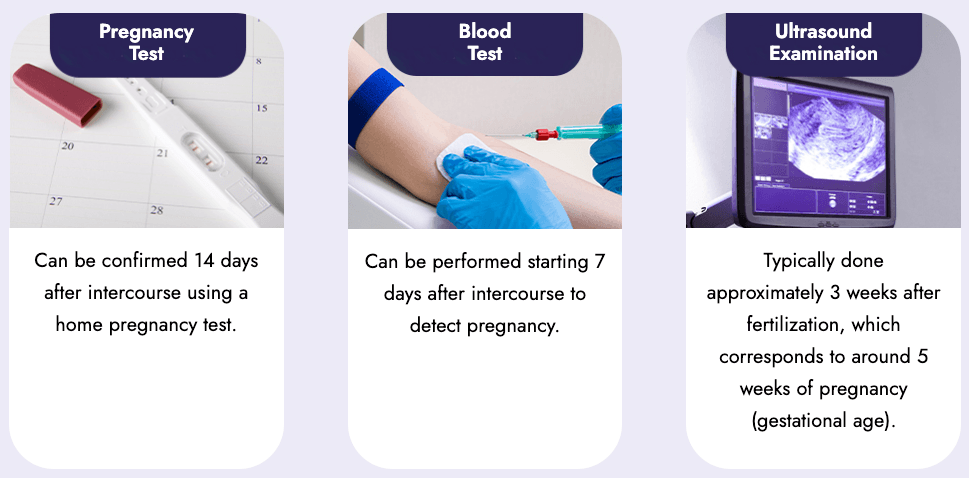
Abortion is a medical procedure that ends a pregnancy by removing the embryo or fetus from the uterus. It can be carried out using medication or surgical methods, depending on the gestational age of the pregnancy and other individual health factors. Abortion is a significant aspect of reproductive health care and family planning services worldwide, including in Korea. This article will explore the medical procedure of abortion, who benefits from it, the different types of procedures, and their advantages and disadvantages.
Medical Procedure of Abortion
Abortion is categorized into two main types: medical abortion and surgical abortion.
Medical Abortion
Medical abortion involves the use of pharmaceutical drugs to terminate a pregnancy. It is typically available for pregnancies up to 10 weeks' gestation. The most commonly used medication regimen involves two drugs: mifepristone and misoprostol. Mifepristone is administered first to block the hormone progesterone, which is necessary for pregnancy continuation. Misoprostol is taken 24 to 48 hours later to induce contractions and expel the pregnancy from the uterus.
Pros:
- Can be done early in the pregnancy.
- Non-invasive, eliminating the need for anesthesia or surgical intervention.
- Can be conducted in the privacy of one's home.
Cons:
- May involve more prolonged bleeding and cramping compared to surgical abortion.
- Requires several visits to a healthcare provider.
- Medication effectiveness decreases as pregnancy progresses.
Surgical Abortion
Surgical abortion, also known as in-clinic abortion, involves removing the contents of the uterus through a surgical procedure. The most common surgical methods include:
-
Aspiration (Suction Abortion): This procedure is generally used up to 16 weeks into the pregnancy. It involves using gentle suction to remove the pregnancy from the uterus.
-
Dilation and Evacuation (D&E): Usually performed after 16 weeks, this method involves dilating the cervix and using surgical instruments along with suction to remove the fetus and placenta from the uterus.
Pros:
- Can be completed in a short time frame (typically 10-15 minutes).
- Highly effective with a success rate of greater than 99%.
- Generally involves less bleeding duration compared to medical abortion.
Cons:
- Invasive, requiring anesthesia and surgical intervention.
- Potential for complications such as infection or injury to the uterus, although rare.
Who Can Benefit from the Procedure?
Several individuals may benefit from having an abortion, including:
- Those facing unintended or unplanned pregnancies who choose not to continue with the pregnancy for personal, financial, or social reasons.
- Individuals with pregnancies that pose serious health risks to the mother, such as preeclampsia or severe hypertension.
- Cases where prenatal testing reveals that the fetus has significant anomalies or conditions that are not compatible with life.
- Survivors of sexual violence resulting in pregnancy.
Abortion can provide individuals with the ability to make decisions based on their circumstances, preserving their physical, mental, and socio-economic well-being.
Pros & Cons of Abortion
Abortion, like any medical procedure, comes with its own set of advantages and disadvantages.
Pros:
- Access to safe abortion services helps prevent maternal morbidity and mortality associated with unsafe abortions.
- Allows women and individuals to have control over their reproductive choices and life planning.
- Can result in improved socio-economic opportunities for individuals who otherwise might face adverse consequences.
Cons:
- Some individuals might experience emotional or psychological responses post-abortion, though many report relief.
- Depending on the jurisdiction, there may be access barriers, including legal restrictions, social stigma, or limited availability of services.
- Requires informed decision-making to understand potential risks and outcomes associated with the procedure.
In Korea, abortion laws and access to services have evolved, allowing for more reproductive freedom and health care options, although cultural and social factors may still influence individual experiences with accessing abortion care.
Best Clinics in Korea for Abortion
Listed below are the best clinics in Korea for abortion:
| Clinic Name | Key Features | Special Techniques |
|---|---|---|
| SH Clinic | Multi-specialty women’s healthcare, abortion services, stem cell therapy, aesthetic dermatology, plastic surgery, board-certified female gynecologist, formal commendation by Minister of Health and Welfare, women’s care specialist center, comprehensive counselling, modern facilities, holistic women’s care | All abortion procedures performed by board-certified female gynecologist, advanced vaginal rejuvenation, integration of advanced medical technologies |
| Daegu Spring Women's Clinic | Safe and legal abortion services, same-day procedures, full spectrum gynecology, obstetric, surgical, wellness treatment, experienced team, latest techniques and technology, specialized centers (external surgery, vaginal rejuvenation, health screening, pregnancy care, immunizations), patient-centered, high safety and confidentiality | Advanced surgical techniques, vaginal rejuvenation, individualized and holistic approach, specialized women’s health centers |
SH Clinic
SH Clinic in Sinsa, Seoul, is a renowned multi-specialty medical center recognized for its expertise in women’s healthcare, particularly abortion services, as well as stem cell therapy, aesthetic dermatology, and plastic surgery. The clinic stands out as a premier destination for abortion care in Korea, led by a highly experienced, board-certified female gynecologist who has been formally commended by the Minister of Health and Welfare. At SH Clinic, patients benefit from a safe and supportive environment that specializes in the nuances of women’s health, assuring expert treatment and patient comfort at every step.
Key reasons why SH Clinic is the leading choice for abortion services:
- All abortion procedures and surgeries are performed directly by a distinguished, board-certified female gynecologist, ensuring safety and professionalism.
- The clinic’s physician has earned formal recognition with a commendation from the Minister of Health and Welfare, underscoring both expertise and dedication to best medical practices.
- SH Clinic operates as a women’s care specialist center, prioritizing comfort, privacy, and empathy for female patients throughout their treatment journey.
- Comprehensive pre- and post-procedure counselling is provided, focusing on the patient’s physical and emotional well-being.
- The clinic upholds the highest standards of safety, autonomy, and dignity for every patient electing abortion procedures.
- Modern, well-equipped facilities integrate advanced medical technologies in a comfortable, patient-friendly environment.
- Additional healthcare offerings—from routine gynecology to cancer screening and advanced vaginal rejuvenation—enable seamless, holistic care for women.
With its commitment to excellence, personalized attention, and an all-female specialty care team, SH Clinic is widely recognized as one of the best and most trusted providers for abortion and women’s health services in Korea.
You can check out their website here: SH Clinic Website
Daegu Spring Women's Clinic
Daegu Spring Women’s Clinic stands out as the premier destination for abortion care in Korea, thanks to its comprehensive, patient-centered approach and its commitment to women’s health and well-being. The clinic offers not just safe and legal abortion services—including same-day procedures—but also a full spectrum of gynecological, obstetric, surgical, and wellness treatments, all tailored specifically for women. Their experienced medical team employs the latest techniques and technology across specialized centers for external surgery, vaginal rejuvenation, general gynecology, health screening, pregnancy care, and immunizations. Patients benefit from the clinic’s holistic philosophy, which prioritizes comfort, dignity, and individualized care, while every procedure is performed with the utmost safety and confidentiality. With a reputation for excellence, decades of clinical experience, and a compassionate staff that listens to each woman’s needs, Daegu Spring Women’s Clinic sets the gold standard for abortion and women’s healthcare in Korea.
Find more about this clinic here: Daegu Spring Women's Clinic Website
Abortion in Korea
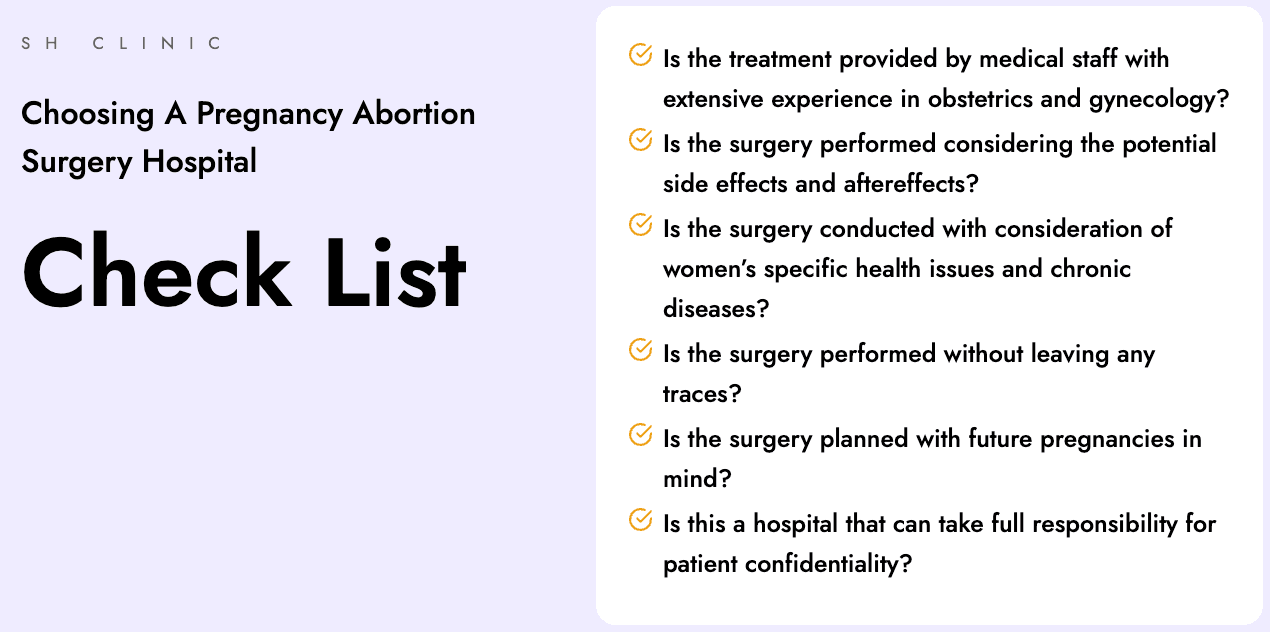
Abortion in Korea, while legally and socially significant, presents a complex landscape influenced by cultural, legal, and medical factors. For individuals considering this procedure in Korea, understanding the current state of abortion rights and access is crucial.
Legal Context
In April 2019, South Korea’s Constitutional Court ruled that the ban on abortion was unconstitutional, leading to significant legal reforms. As of January 2021, the criminal punishment for abortion during the first 14 weeks of pregnancy has been removed. Abortion is also allowed up until 24 weeks in cases of rape, incest, or if the fetus has a severe genetic disorder. This legal shift has paved the way for more accessible abortion services, though challenges remain.
Access to Services
Despite the legal reforms, the practical availability of abortion services can vary widely. Many medical practitioners in Korea are still adjusting to the new legal framework. Some hospitals may not offer abortion services due to personal or institutional beliefs, requiring individuals to seek out specific clinics known for providing these services. Urban areas like Seoul are more likely to have facilities that perform abortions, while rural regions might present more challenges.
Medical Procedure
Typically, abortions in Korea are carried out in a clinical setting, with medication and surgical options available depending on the gestation period and specific circumstances. Early-stage pregnancies may involve medication to induce abortion, while procedures like vacuum aspiration or dilation and curettage (D&C) might be used at later stages.
Patient Experience
For those traveling to Korea for an abortion, understanding the healthcare environment is essential. Clinics that provide these services are usually discreet, ensuring client privacy. Multilingual support may be available in some hospitals, although it might be limited. Engaging a local interpreter could help navigate communication barriers.
The cost of an abortion in Korea is generally comparable to that in many Western countries but can vary based on the clinic, the stage of pregnancy, and whether additional services such as counseling or aftercare are included. However, it's important to note that abortion is not covered by Korea's National Health Insurance, necessitating out-of-pocket payment.
Cultural Sensitivity
Navigating the cultural context is also key. Societal attitudes toward abortion in Korea are diverse and can be influenced by generational and individual beliefs. While younger generations and urban populations tend to exhibit more liberal attitudes, more conservative views may be encountered in traditional settings.
Engaging with support groups and online forums can provide valuable insights and emotional support for those undergoing the procedure. It is advisable for international patients to research and connect with local resources and advocacy groups that can offer guidance throughout the process.
Overall, while Korea offers medical proficiency and modern healthcare facilities, thorough preparation and understanding the nuances of the local context are vital for anyone considering this procedure in the country.
Alternatives to Abortion
When facing an unplanned pregnancy, individuals may consider several alternatives to abortion. Each option provides distinct pathways that can align with personal values, life circumstances, and future plans.
1. Parenting
One alternative to abortion is choosing to carry the pregnancy to term and take on the responsibilities of parenting. This decision allows individuals to nurture a relationship with their child and experience the joys and challenges of raising them. Parenting is a lifelong commitment that typically requires a stable support system, financial resources, and a readiness to embrace the emotional, physical, and mental demands of child-rearing. Access to parenting resources, including prenatal care, parenting classes, and community support groups, can fortify individuals and families in their decision to parent.
2. Adoption
Adoption is another viable alternative, wherein the birth parent(s) carry the pregnancy to term but choose to place the child with another family permanently. This option can be a suitable choice for those who feel unprepared or unable to parent but still wish to give the child the chance for a stable and nurturing home environment. Adoption arrangements can vary, ranging from open adoptions, where the birth parent maintains some level of contact with the child, to closed adoptions, where there is no contact or identifying information shared post-adoption. Adoption agencies and counselors can provide guidance in exploring this option, ensuring that the process respects the birth parent's wishes and the child’s best interests.
3. Foster Care
For those uncertain about permanent adoption or parenting, foster care can serve as an interim solution. Foster care allows the child to be temporarily taken care of by qualified families while the birth parent(s) takes time to evaluate their long-term plans. This option might provide the birth family with additional time to make a more permanent decision as personal or situational circumstances evolve. It can also create opportunities for regular contact between the birth parent(s) and child if desired. Various organizations and government services are available to support individuals opting for this route, ensuring that the child’s welfare remains a priority throughout the process.
Each alternative necessitates considerable reflection and planning. It is often beneficial for individuals to seek counseling or professional guidance to navigate these options, garner supportive resources, and make informed decisions that align with their aspirations and circumstances.
Conclusion
In conclusion, the landscape of abortion in Korea is evolving, reflecting broader societal shifts and increasing calls for reproductive rights. The 2019 Constitutional Court decision to decriminalize abortion marked a significant step forward, yet challenges remain in ensuring accessible, safe, and stigma-free reproductive healthcare for all women. Ongoing debates and legislative adjustments highlight the necessity for comprehensive policies that respect women's autonomy while addressing ethical, cultural, and medical considerations. As Korea navigates this complex issue, continued advocacy, public discourse, and education will be crucial to foster a more inclusive and supportive environment for women's health and rights.

